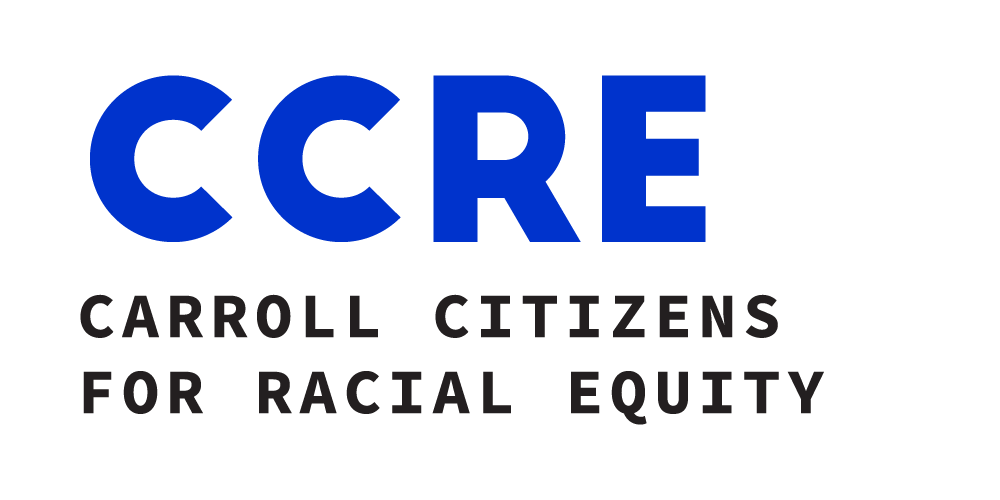When I was around the age of 11, I remember wearing a black shirt on which a message was printed in white letters: “no child is born a racist.” I honestly don’t know where the shirt came from, but if I had to guess it was most likely a hand-me-down from my brother. At that age, I was aware that people of different races were treated differently but I didn’t give much thought to why this happened. Even though there was a lot I didn’t know, one message was clear: racism is a learned behavior.
This is not an issue of blame, but rather an issue of understanding. Parents and caregivers often struggle to know how to address matters of racial injustice with their children on a developmentally appropriate level. Some parents might fear exposing their children to the scary realities of how some people are treated based on their color of their skin. Or maybe parents just don’t know what words to use because they don’t want to sound racist themselves. So after witnessing an act of racial injustice some parents may find it’s easier to just move along and change the subject. Or maybe if the incident involves your child, you hope it’s something they will grow out of because “they’re just a kid.”
Well, as one of my professors in graduate school taught me, “everyone is racist to some degree, and it’s our responsibility to acknowledge our biases and judgments and work towards challenging them.” So, my first suggestion to any parent or caregiver wondering how to address the issue of racial injustices with your children, is to acknowledge your own beliefs about race. Remember, your beliefs were learned too, so take time to reflect on when and how you learned about race. What were your first interactions with someone of a different race? Have you ever experienced differential treatment due to the color of your skin? How have your views on race changed since you were a kid?
After taking time to reflect on your own views, the next thing we need to acknowledge is that our kids are growing up in a different time than we did. You may think, “well I don’t let my kids watch stories about the riots on the news” but our kids are exposed to so much information from so many sources (friends, news, social media, YouTube, video games), it’s unrealistic to think a parent can control everything their child is exposed to. Various sources of information also means various interpretations of events, which can be very confusing for our kids. It’s helpful to turn off the news when stories contain graphic details, but be aware that your child may have already heard about recent events from other sources, so be prepared for your child to ask questions, be prepared to provide reassurance, and be prepared to correct misinformation with facts.
Once we acknowledge that children are exposed to upsetting events from various sources, the next step is to think about what messages we want to communicate and what language would be developmentally appropriate for your child when having discussions about race. Believe it or not, these discussions can start when kids are babies! Don’t wait until your child has their first negative experience around race to have these conversations. Selecting books and toys that celebrate diversity can be a great place to start, then reinforce how these differences are positive. This builds a foundation for babies to develop positive associations with people who look different. I’d recommend acknowledging differences in appearance and culture because saying things like “I don't see color" or "we should see all races as the same” denies realities of injustice and denies opportunities for learning. We don’t want our kids growing up thinking that everyone is treated the same, because unfortunately that isn’t the case. If our kids witness someone being treated unfairly, we want them to be able to learn from that experience, and eventually even speak out against unfair treatment.
Conversations about racial injustice may sound similar to other conversations you have with your child about feelings and getting along with others. We want to help kids identify their feelings and express them in a way that does not harm others. This can be accomplished by helping to name your child’s emotion and suggesting coping skills, while modeling these same behaviors yourself. If your child witnesses you being treated unfairly, you can identify how you are feeling: “Mommy is feeling mad because that person said something mean about the color of my skin, so Mommy is going to take three deep breaths. What is something you can do when you feel mad?”
If your child comes to you with a question or concern about events they see on TV or hear about at school, it’s important to address their concerns. If we respond with “don’t worry about that,” chances are they will continue worrying and they might not have an accurate understanding of whatever went on. Start with exploring what your child’s current perception is, correct any misinformation, and emphasize safety. An example might be “I can understand why you were scared to hear about that. That group of people is angry because someone was treated unfairly” or “I am not sure how long those streets will be closed, but we will be safe here at home together.”
So in summary, start conversations early with your kids. Reassure them, promote efforts of hope and unity, correct misinformation, and validate their feelings. Teach them ways to interact with others in a way that acknowledges differences and celebrates them.
I’d encourage you to check out these articles for more information:
https://www.apa.org/topics/talking-children
https://childmind.org/article/racism-and-violence-how-to-help-kids-handle-the-news/
https://www.kaplanco.com/ii/talking-about-racism-searcy
Submitted by: Rachel Greenberg, LCPC
rgreenberg@ccysb.org
Therapist at Carroll County Youth Service Bureau
Member of CCRE

